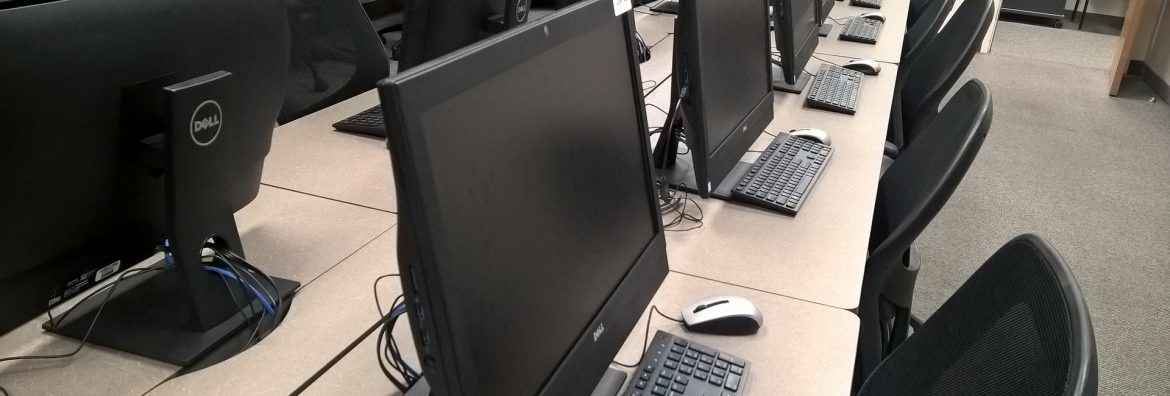IT Division Within a School System: Culture Assessment
THE NEED
A division of a large public school system in the United States endeavored to provide information technology support for more than 1,800 schools and administrative centers throughout the local area. This client acknowledged that its long history of good work was mired down by inefficient practices and rapid turnover of leadership, and recognized an important opportunity to evaluate the division’s direction, communication strategies, and areas of growth.
THE INTERVENTION
The client partnered with gothamCulture to conduct a rigorous organizational culture assessment, paying special attention to the barriers and silos that impeded or interrupted open communication. For many individuals within the division, this type of large-scale organizational data assessment was a new experience. This mixed familiarity, along with the complex and sensitive nature of unpacking decades of firmly established organizational routines and experiences, meant that the work with the client needed to be approached with thoughtfulness and consideration of varying comfort levels.
The engagement began with an initial core team meeting, an exploration of archival data to gain a deeper understanding of the client’s organizational history, and a general review of the project plan, including roles, responsibilities, and timelines. Next, the risks and opportunities presented by the culture assessment were discussed, and team members clarified expectations of both each other and the work ahead in order to help ensure alignment throughout the scope of work.
The comprehensive, mixed-methods data gathering effort had two main components: a division-wide culture survey, and targeted interviews and focus groups. The Denison Organizational Culture Survey (DOCS) utilizes a global database for benchmarking clients against over 1,000 other organizations and was deployed to determine the level of clarity and alignment across different demographics and sectors within the division. To make the most of this quantitative data collection method, the project team carefully customized the surveying process, as well as the survey itself, to foster a trusting environment where participants felt safe providing their honest input and, through open-ended questions, could add valuable depth to the survey data. Clear measures were taken to ensure confidential and anonymous responses, followed by invitations and reminders crafted to highlight the intent of the survey and the goals of the broader culture study.
Meanwhile, the gothamCulture team designed the qualitative interview and focus group protocols, which supplemented the DOCS and aimed to spur dialogue about the client’s organizational culture and the impact that the culture had on performance. Interviews were conducted with the senior team members and key stakeholders, while focus groups were held with several intact teams and groups of employees sorted by role, work location, and responsibility.
The discussions explored the current culture and direction of the division, the requirements for successful change to be implemented and embedded, and the questions raised during planning stages, sometimes uncovering new and occasionally contradictory stories or experiences in the process. These conversations between employees and teams facilitated the expansion of insight and clarity into the strengths and needs of the division, actively engaging employees across teams in the organizational revision process, and served as an initial intervention early in the project.
THE IMPACT
After the data collection phase of the project was complete, the data were consolidated and reviewed for themes or patterns. gothamCulture engaged the client’s project team in discussions about the implications of the data on the division’s culture and the organization’s ability to drive its strategy. Involving the client in the data analysis and interpretation process was critical for the gothamCulture team to gain additional insight that enabled the team to draw accurate conclusions from the data.
The gothamCulture team utilized this analysis to create a presentation outlining major findings, areas of opportunity, possible next steps, and recommendations. From the analysis process, three major themes emerged, along with high-level recommendations:
Organizational Priorities
Crisis response was efficient, but improving core operations was a source of difficulty
A clear road map toward future goals and priorities was recommended to increase alignment and organizational potential
Recognition & Development
Organizational learning and development was limited across all groups and teams
A focus on continuous professional and organizational development was recommended, along with a positive behavior support system
Communication, Collaboration, and Trust
Communication within teams was positive and stable, but cross-team communication was a struggle
gothamCulture recommended that the client move toward an open and better-connected environment, empowering employees to build trust and collaborate
Since sharing the findings and recommendations with division leadership, gothamCulture has continued to support the client in building a defined plan for disseminating the outcomes of the project throughout the division in an accessible and actionable way. Although the division has continued to see leadership shifts, the additional insight the core team and continuing leaders gained through the culture assessment process has better equipped them to navigate these challenges, as well as those that lay ahead.

